'It was like Fawlty Towers at first': How diversification keeps the country house standing
From festivals and car shows, to spas and wedding venues, country house owners are getting creative to keep their estates alive.
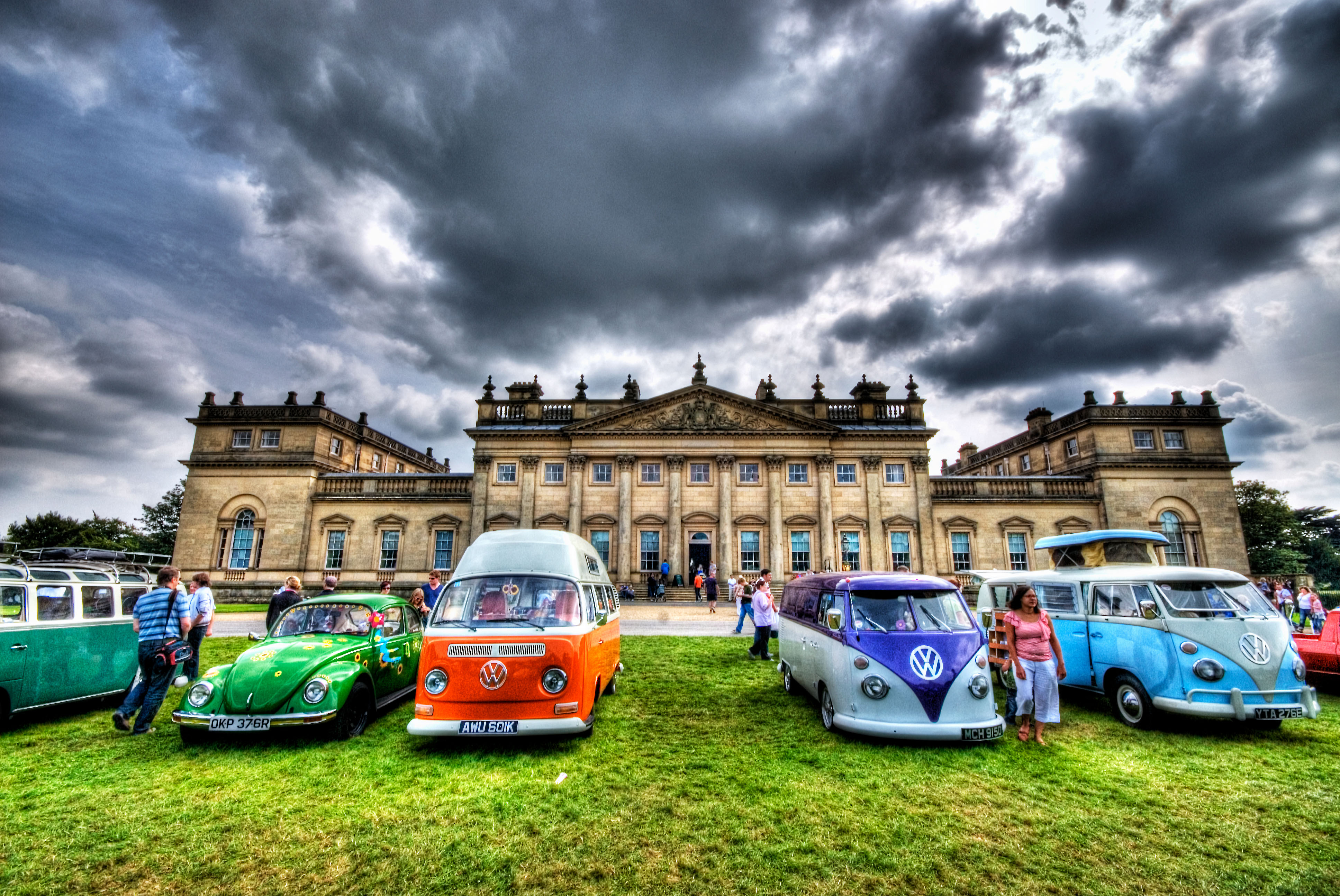

The question of how best to juggle commercial enterprise and still preserve the magic is nothing new for country-house owners, as the minutes of a meeting held 60 years ago at Chatsworth, Derbyshire, demonstrate. Necessary work on roofing, drainage and Joseph Paxton’s greenhouses was estimated to cost up to £10,000 a year (nearly £200,000 now), yet those present agreed that the provision of a café to raise more money from visitors would be a jarring presence and encourage litter.
Chatsworth’s then chatelaine, Deborah, Duchess of Devonshire, recorded in her book Counting My Chickens: ‘The idea was that it was unfair and greedy to expect people to part with more money than the entrance fee (five shillings). It only dawned on me slowly that people actually wanted to take something away to remind them of their visit and that they were hungry and thirsty as well.’
The Duchess was a pioneer of diversification, credited with turning around a sad, shuttered, debt-ridden post-war Chatsworth. In 1977, against trustee misgivings, she opened a farm shop in a building that once housed a Shire stallion. It sold meat from the estate, then eggs, pâté, cakes, yoghurt and jams. Under the Duchess’s imaginative direction, the shop led the way in tasteful yet unmissable branding — it has been seen as a blueprint.
As for many old families, the days of pulling up the drawbridge and merely ‘living’ in their gracious country house, perhaps keeping the estate going through farming and peppercorn rents, are over. ‘Not a chance,’ says Roger Tempest, who has transformed his family home, Broughton Hall in North Yorkshire, adding to it an exquisite spa and retreat. He highlights the responsibility such a house has to the neighbourhood and what it can do for local finance and pride.
‘With privilege comes responsibility and the custodian is the ultimate protector,’ he points out. ‘If you give a house to a council, you don’t get the same result. It’s a complex social tapestry and if only some of the woke could see that it’s not all about hierarchy, but that it can be a force for good.’ Tempest founded the company Rural Solutions in the 1990s, when diversification in the countryside ‘was not so much a thing’. It is, he says, the route through which ‘we respect the past — human endeavour, the architecture and the Arts, which we all enjoy — but instead of the house being a relic of the past, it becomes the future’.
'The owner of a house can take more risks. Yes, the buck stops with you if it fails, but it does give you more freedom'
Fortunately for owners, public fascination continues unabated post-covid; ‘Jane Austen’s England’ topped The New York Times’s list of 50 places Americans should visit in 2025. The cost of entry (generally about the £25–£30 mark, but more at places such as Blenheim Palace in Oxfordshire) doesn’t seem to be off-putting, probably because the visitor experience is now so much more than a couple of hours staring at family portraits.
The numerous music festivals, country fairs and other events held against these gracious backdrops continue to shore up funds; a law passed in 1994 that allowed marriage ceremonies to take place in country houses was a game changer; and many places now maintain a relentless year-round schedule, with Hallowe’en and snowdrop openings, too — earlier this year, Castle Howard in North Yorkshire reported its most successful Christmas.
Exquisite houses, the beauty of Nature, and how to get the most from your life, straight to your inbox.
This is all just as well, as renovation costs soar and political bashing continues, from the Conservatives’ dropping of VAT relief on repairs to Labour’s recent hikes in National Insurance and the removal of agricultural property relief. New legislation designed to protect the public from aggressive digital marketing could have the unfortunate knock-on effect of imposing restrictions on membership and subscription schemes. The organisation Historic Houses (HH), which at its November AGM will present a new diversification award, sponsored by Savills, calculates that its 1,450 or so member properties face a post-pandemic backlog of repairs costing more than £2 billion overall.
‘It’s a worrying time,’ says Ben Cowell, HH director-general and author of The British Country House Revival, published last year. ‘It’s ironic that, 50 years on from the Labour manifesto that threatened extra taxation, we’re back with the same threats. [The then Chancellor] Denis Healey didn’t pursue his wealth tax in the end — he made it easier to live in your house through a waiver that you had to open it to the public — but these current tax changes do feel like an anti-growth measure I fear will have an impact on our members, no matter how inventive and resourceful.’
Cowell previously worked for the National Trust and as a civil servant. ‘The big revelation for me at the HH was this exciting world of entrepreneurism, so much more dynamic than in the charitable or state sectors. You get such a different feel with independently owned places. The owner of a house can take more risks. Yes, the buck stops with you if it fails, but it does give you more freedom.’
We spoke to three owners who have shaken up tradition to keep their homes intact.
Great Gaddesden, Hertfordshire
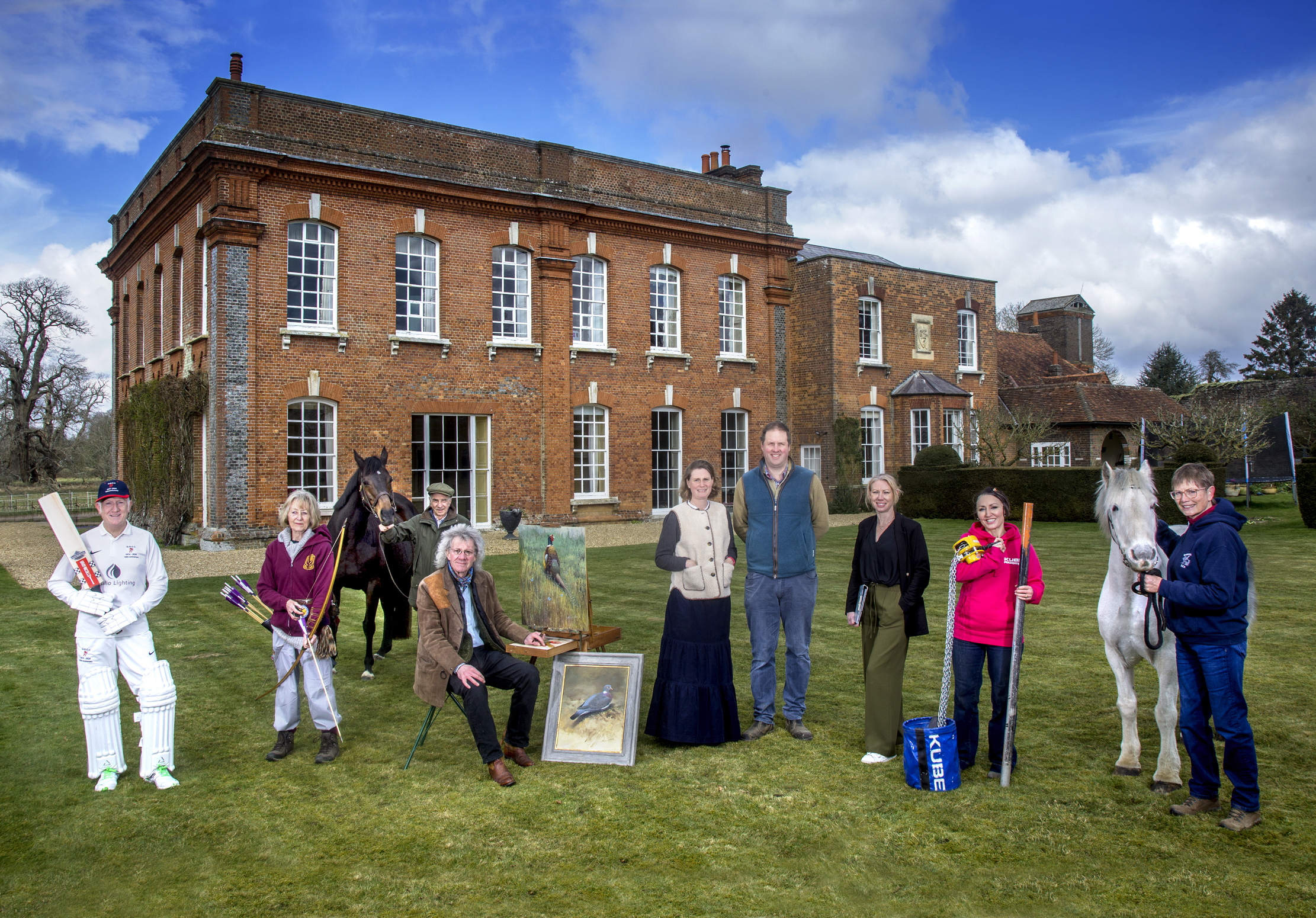
All life is here: Susannah and Guy Halsey, with representatives of the many ventures, from RDA to rigging, that thrive at Great Gaddesden, Hertfordshire
In past centuries, the Great Gaddesden estate in Hertfordshire, which celebrates its 505th anniversary this year, was kept afloat by traditional farming; today, the early-18th-century house at its heart, The Golden Parsonage, is a major contributor as a romantic backdrop to outdoor weddings, filming and events. ‘A pretty wildflower meadow, floodlit house and teepees — that’s the vibe we offer,’ says Guy Halsey, who, in 2013, moved back home from London with his bride, Susannah, to run the estate with his father, Nicholas.
There are several rental properties on the estate — farmhouses, Tudor cottages, flats — and, in the 1990s, Halsey’s parents began converting redundant Victorian model farm-type buildings into business units. Some 20 companies are now based here, including security-dog handlers, scaffolders, artists, management consultants and The Stampede Stunt Company, which provides animals for filming. There are livery stables and local riders can buy estate-ride passes; the eight-mile route includes farm and woodland tracks, the Great Lime Avenue, a five-furlong gallop and 28 jumps. ‘It’s brought the whole place to life and, although it’s no longer a farming community, it is a vibrant community, a nice place to work,’ says Halsey, whose family has occupied this part of the county since the 14th century.
He previously worked for Savills and was a social-housing consultant, writing financial models — ‘about the only transferable skill’. Now, he is a full-time farmer in the process of converting to organic. ‘With that comes the opportunity to sell directly to farm shops and so on,’ explains Halsey. ‘We are in the early stages, but it’s the direction of travel.’ Half of the estate’s 1,900 acres is arable, the rest is grassland, occupied by other people’s livestock and a Thoroughbred stud, as well as woodland. Great Gaddesden is part of the North Chilterns Farmer Cluster, a GWCT conservation initiative, and a major hedgerow-planting exercise is under way.
‘Ultimately, I want to make it the best it can be without Disneyfying it, but we have to be pragmatic. The farm is the relatively poor relation on the estate — the days of the jolly farmer riding around the neighbourhood on horseback are over — but we’re lucky that demand for the things we can offer here is high and we’re in a good part of the country, within a National Landscape [the Chilterns] sandwiched between busier places [Hemel Hempstead, Luton]. Our aim is to enhance the place without being stuck in aspic.’
Broughton Sanctuary, North Yorkshire
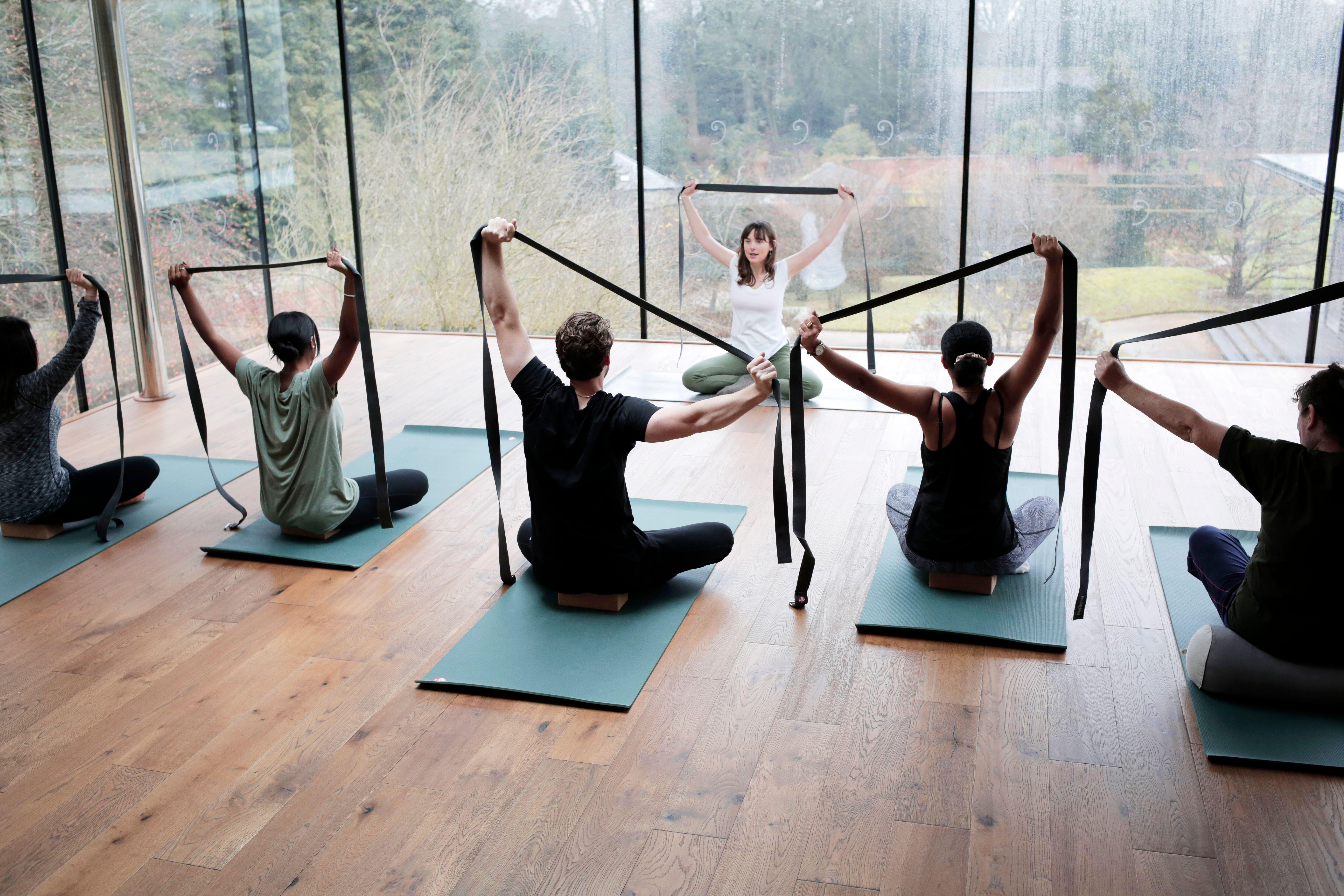
A yoga class at the Avalon Wellbeing Centre at Broughton Sanctuary.
Broughton Hall in North Yorkshire, home of the Tempest family since 1097 and the model for Annie Tempest’s famed Tottering-by-Gently cartoon strip, is pretty much unrecognisable from her childhood, when anti-freeze was poured down the loo during one arctic winter. ‘My sister’s cartoon of throwing another dog on the bed is pretty accurate,’ says Tempest, the 32nd custodian. ‘Wearing three jumpers and an over-coat inside wasn’t unknown and we have a picture of the billiard table covered in snow.’
Now renamed Broughton Sanctuary, the estate has been exquisitely renovated, with 19 holiday homes, renewable energy and a state-of-the-art wellbeing centre offering activities such as moon bathing, cold-water immersion and mountain biking — it is the UK’s only Accredited Healing Hotel. Tempest lives in a small house on the estate and the 17-bedroom main dwelling can be rented out for parties, weddings, corporate events and retreats. The surrounding 3,000-acre landscape is tenant farmed and part rewilded — beavers were due to arrive this spring.
‘What I’ve experienced is a radical change: the destruction of geography as IT has redefined what a place in the countryside can do, how it is integral to the social fabric and how this extraordinary architecture is relevant to the modern age. Broughton is all about that,’ says Tempest, now in his sixties. ‘The politics of envy of the 1970s was a deep wound [to country houses], but when Margaret Thatcher gave us a bit more freedom, it changed from selling everything to a sense of purpose and the renaissance began. In 1974, Broughton employed one person; now, it’s 55, plus many contractors and self-employed workers.’
He continues: ‘Diversification spirals upward — it benefits the church, the schools, the pubs, the whole locality. There’s nothing left [financially] at the end of the year, but the house fulfils its function and is in beautiful condition. Yes, class and hierarchy lurks in the background, and is still misunderstood, but we have largely shed that now. These places are here to be loved by all.’
Iscoyd Park, Flintshire
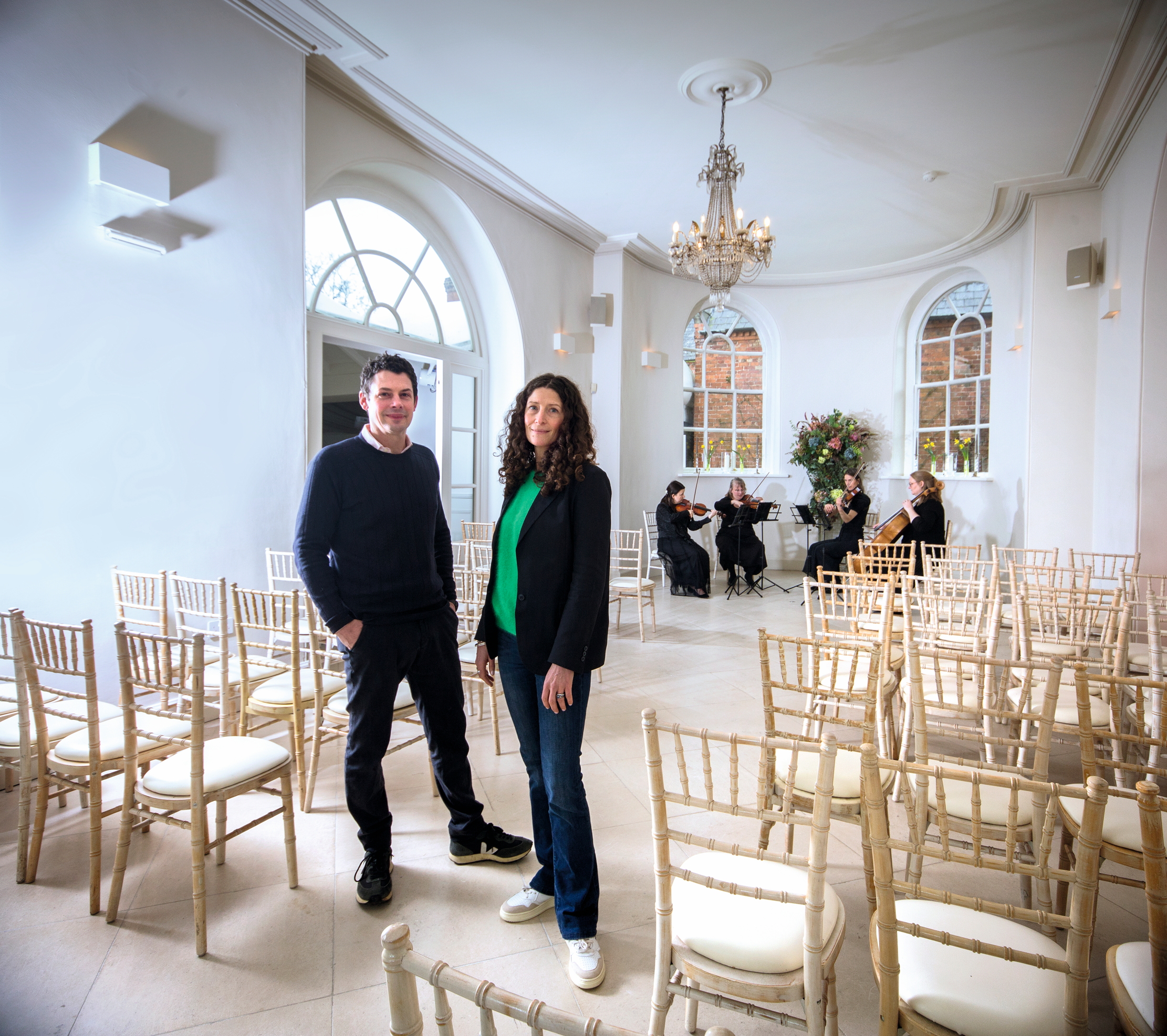
Weddings — with the Nero String Quartet — are doubly joyful at Iscoyd Park, Flintshire, pleasing the newlyweds and preserving the house for Phil and Susie Godsal.
Phil Godsal is the latest in a long line of Philip Godsals to have lived at Iscoyd Park since Philip Lake Godsal, son of the leading coach-builder of his day, bought it in 1843 (the house dates to 1737). In 2009, he returned with his wife, Susie, and tiny children to the beautiful, mellow, Georgian house in Flintshire on the North Wales border. It was a brave move, as Iscoyd’s viability was precarious, to say the least, but its tasteful £1 million transformation into an atmospheric wedding venue — completed only minutes before the first bridal party arrived — is inspired and welcoming.
‘My father [also a Philip Godsal] sorted out the deathwatch beetle in the roof and the collapsing outbuildings, but we renovated everything else,’ he explains. ‘It had to be rewired, replumbed, fire-alarmed, the asbestos removed, bathrooms added — and completely remodelled so that it worked for parties. It was a bit of a nightmare, but it was exciting.’
It was also a dramatic career change. ‘I hadn’t even worked behind a bar,’ admits Godsal, previously a contemporary-art dealer in London. ‘It was like Fawlty Towers at first, just us and a Polish couple, and the four of us were doing everything—cooking breakfast, carrying luggage, dealing with drunk people. It was very challenging. We were living in the attic above the dance floor and I came back at 2am one morning to find Susie in tears with three screaming children.’
Current projects are the restoration of the walled kitchen garden, with home-produced food in mind, and an expansion of the coach-house restaurant, which hosts supper clubs and Sunday lunches, with a dance floor and bar: ‘It means we can offer a different wedding package; they don’t have to use the house and it will work for smaller parties and late-night bashes. It also offers a nice way for couples to return, for birthdays, christenings and so on.’
The knock-on effect on the local economy is beneficial: the park employs about 55–60 people, several of whom are in their first job. However, Godsal, chairman of the HH in Wales, sees the current economic outlook as uncertain. ‘I think hospitality will take a battering and, in Wales, we’re braced for a tourist tax. Owners are not only keeping these national treasures going for themselves, but for the wider community; there is a far higher level of access than in past years. Yet if private owners can’t keep the roofs on, the houses will either die or have to be kept by councils. It’s makes for a difficult environment — but at least people are still getting married!’
Kate is the author of 10 books and has worked as an equestrian reporter at four Olympic Games. She has returned to the area of her birth, west Somerset, to be near her favourite place, Exmoor. She lives with her Jack Russell terrier Checkers.
-
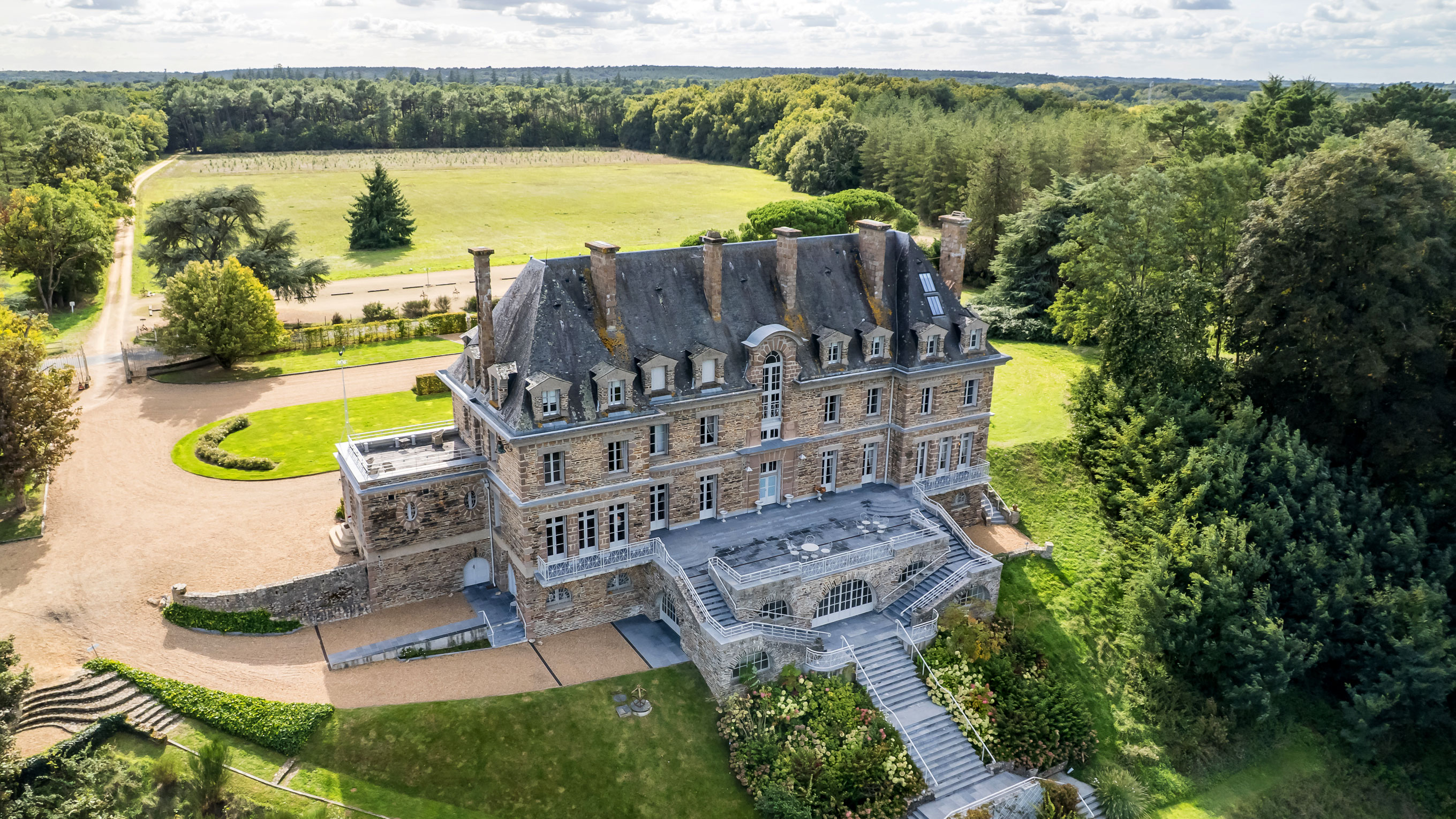 The pink granite chateau that the Cointreau family built in the Loire Valley is for sale at £3.5 million
The pink granite chateau that the Cointreau family built in the Loire Valley is for sale at £3.5 millionThe great country seats of the Guinness family have an equivalent over the Channel, where the chateau built by the Cointreau family is on the market.
-
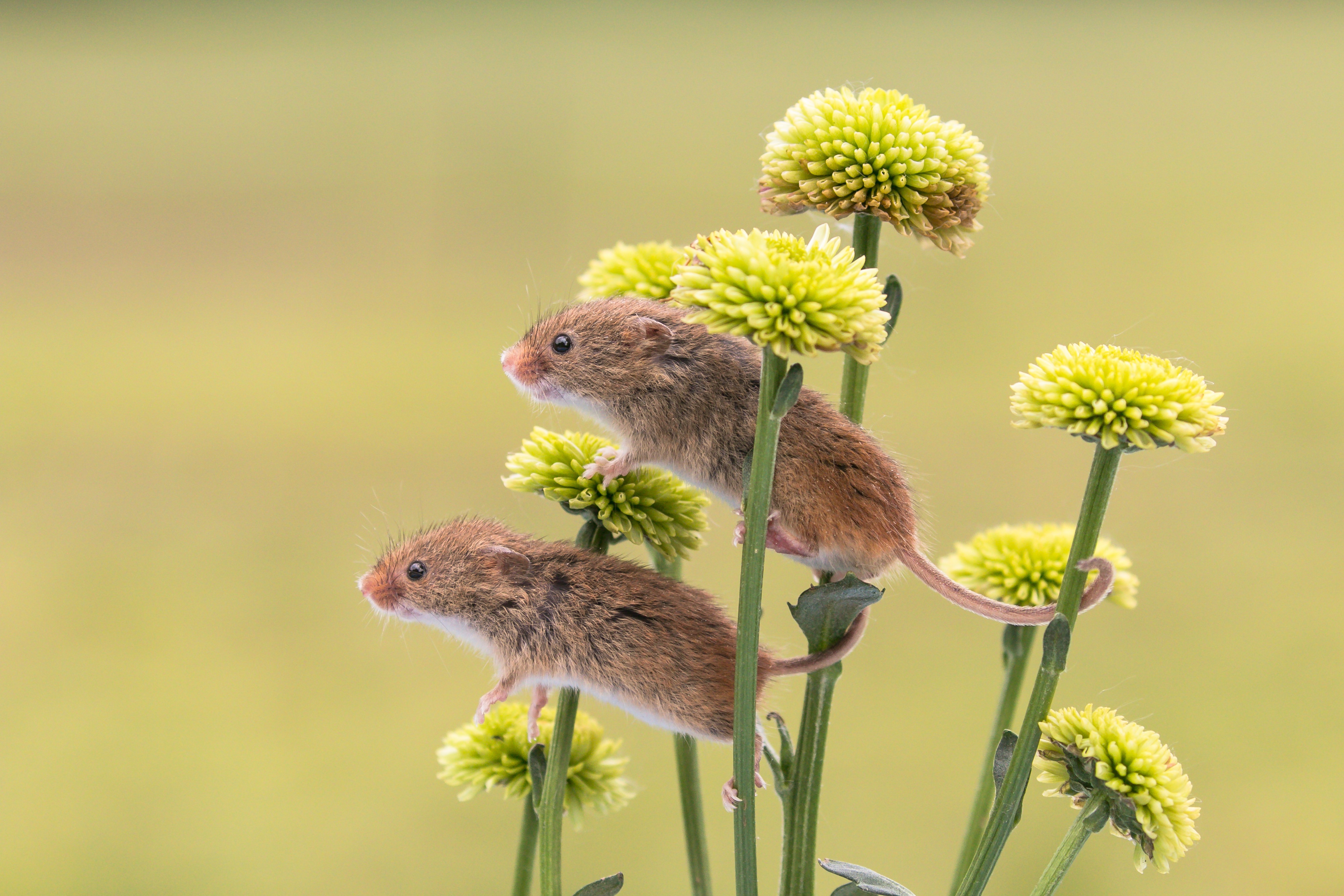 Quiz ahoy! Even these gorgeous mice have been waiting for the Country Life Quiz of the Day, November 21, 2025
Quiz ahoy! Even these gorgeous mice have been waiting for the Country Life Quiz of the Day, November 21, 2025From school reports in South America, it's all in today's Country Life quiz.
-
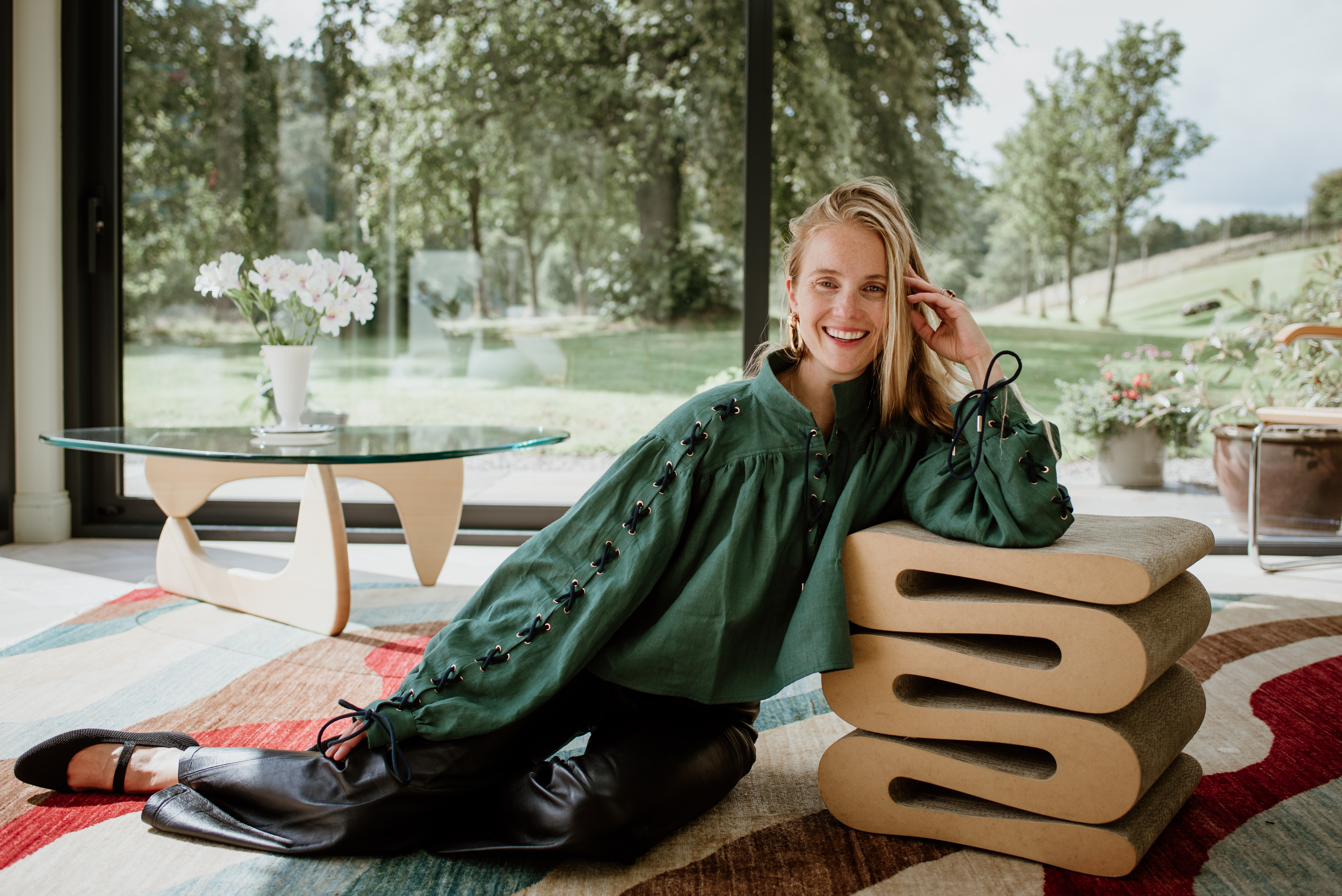 ‘I 100% always knew that I was going to do something creative’: Petra Palumbo on her design house, love of Scotland and consuming passions
‘I 100% always knew that I was going to do something creative’: Petra Palumbo on her design house, love of Scotland and consuming passionsThe London ‘It Girl’ turned Scotland-based designer makes tiles with men’s torsos and Henry hoovers on them, has a pug called Raisin and is married to the 16th Lord Lovat Simon Fraser. She chats to Lotte Brundle.
-
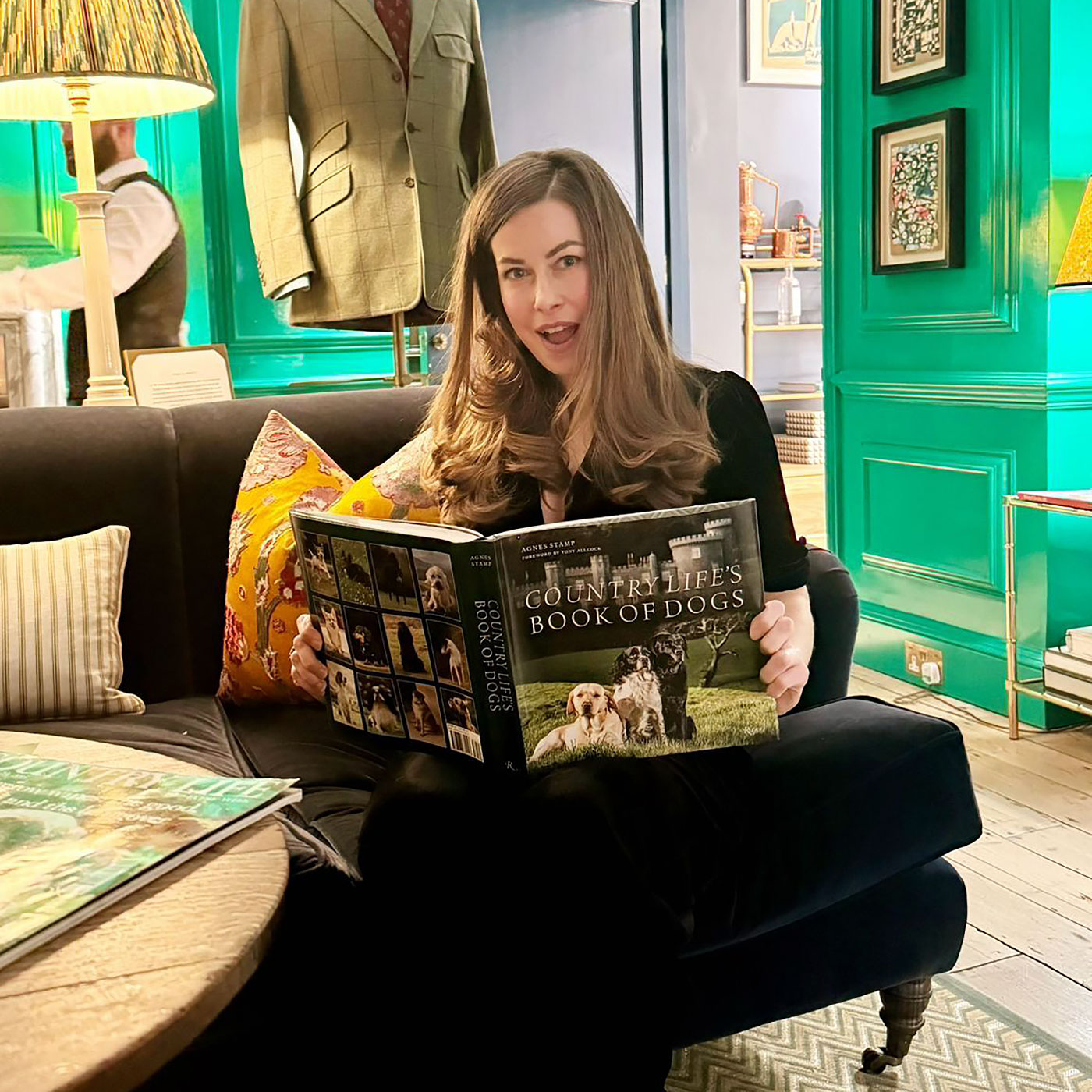 The dogs of Country Life, with Agnes Stamp
The dogs of Country Life, with Agnes StampCountry Life's deputy features editor Agnes Stamp joins the Country Life Podcast to talk all things dogs.
-
 Madonna, David Bowie, Elizabeth II and me — this is what it’s like to have your photograph taken by Rankin
Madonna, David Bowie, Elizabeth II and me — this is what it’s like to have your photograph taken by RankinThe world-renowned photographer has worked with everyone from acting royalty, to actual royalty. His next subject? Country Life’s wandering scribe, Lotte Brundle.
-
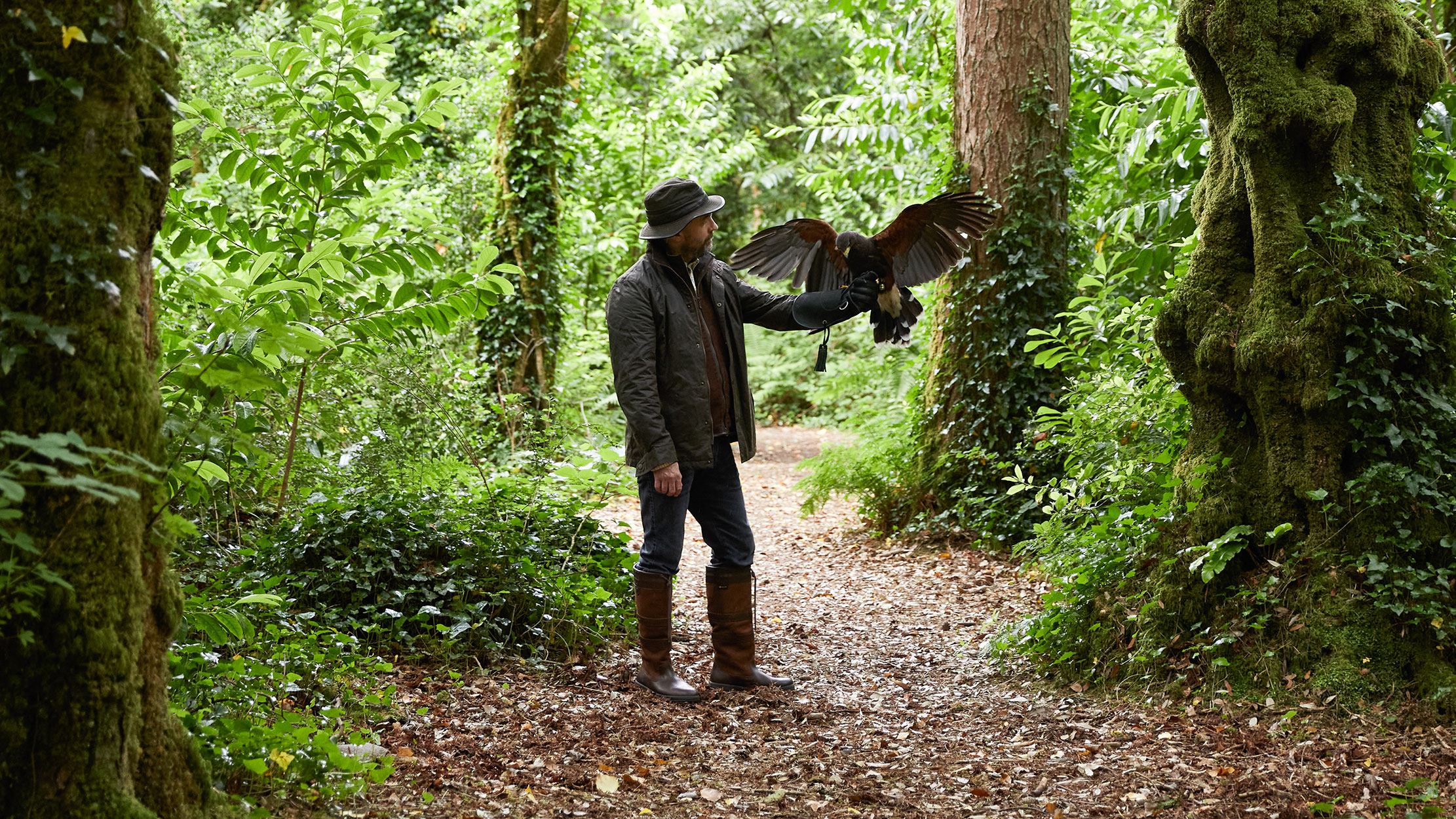 The Falconer's Tale: Tommy Durcan on how an ancient art lives on in 21st century Ireland
The Falconer's Tale: Tommy Durcan on how an ancient art lives on in 21st century IrelandTommy Durcan of Ireland's School of Falcony joins the Country Life podcast.
-
 ‘She was absolutely extraordinary. One of my favourite things, photographing her, was the power that came through the door’: Rankin on capturing Elizabeth II, embracing artificial intelligence and almost becoming an accountant
‘She was absolutely extraordinary. One of my favourite things, photographing her, was the power that came through the door’: Rankin on capturing Elizabeth II, embracing artificial intelligence and almost becoming an accountantThe world-renowned photographer tells Lotte Brundle about his most memorable meal, with Liam Gallagher, Patsy Kensit, Elvis Costello and the bass player in The Pogues — along with the rest of his consuming passions.
-
 'People always think that, working on The Telegraph, I'll be told that things aren't right wing enough. But in 37 years, I've never, ever been told that’: The Telegraph’s cartoonist Matt on his consuming passions
'People always think that, working on The Telegraph, I'll be told that things aren't right wing enough. But in 37 years, I've never, ever been told that’: The Telegraph’s cartoonist Matt on his consuming passionsThe Daily Telegraph cartoonist Matt — AKA Matthew Pritchett — talks to Lotte Brundle about his career as a cartoonist, his love of Snoopy and how he ‘stole’ his wife from Laurence Llewellyn-Bowen.
-
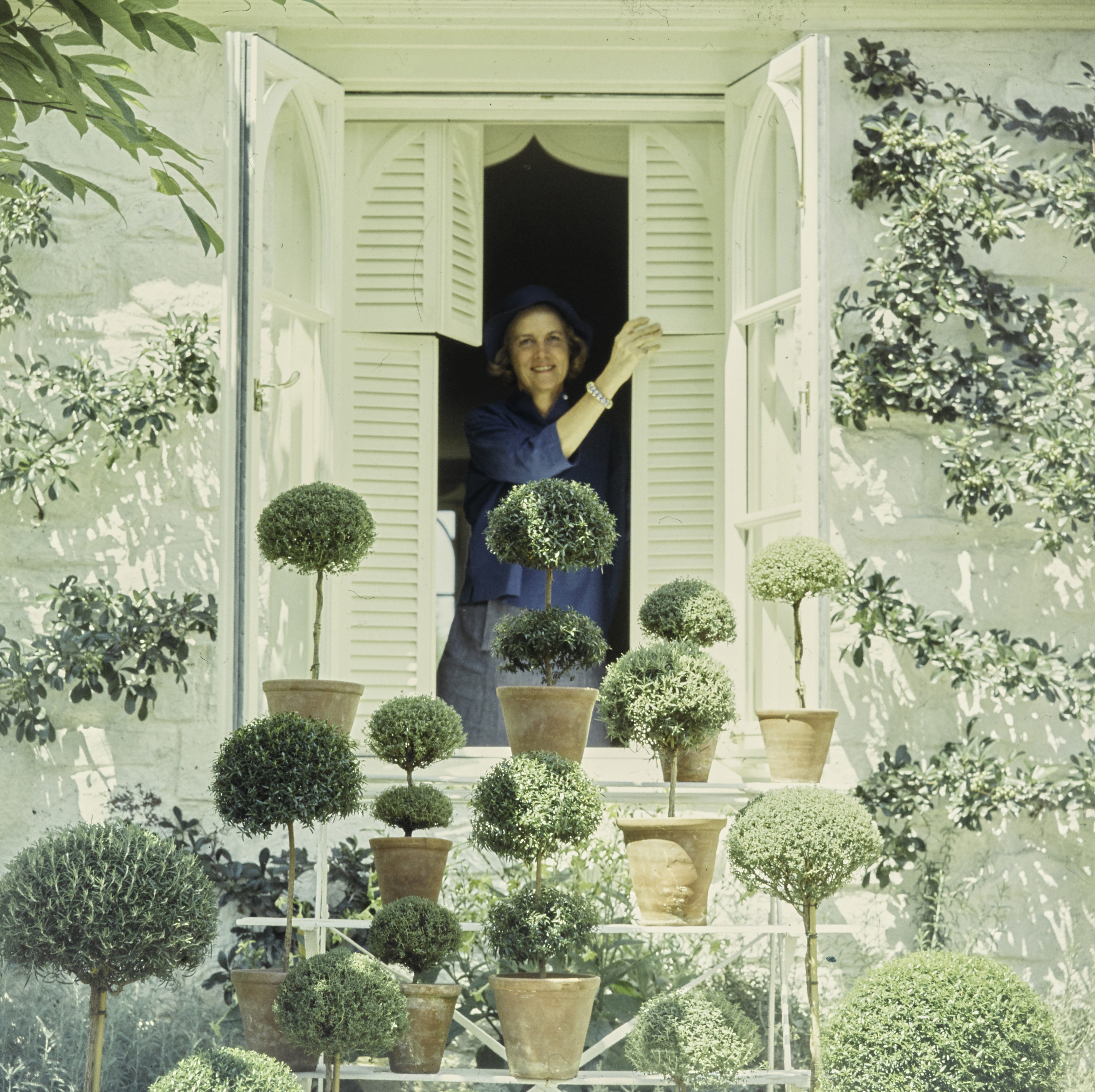 Bunny Mellon: The Truman Capote ‘Swan’, muse and horticulturalist whose creations for The White House were recently lost forever
Bunny Mellon: The Truman Capote ‘Swan’, muse and horticulturalist whose creations for The White House were recently lost foreverAs Tiffany & Co. pay homage to Bunny Mellon with a new Bird on a Rock collection, Owen Holmes takes a look at the most iconic garden designs of this heiress-horticulturist, from her Virginia estate to the White House to Versailles.
-
 'Never has there been a more important time to publicise great Victorian and Edwardian buildings in peril': The importance of saving our historic buildings
'Never has there been a more important time to publicise great Victorian and Edwardian buildings in peril': The importance of saving our historic buildingsFor the 16th year, the Victorian Society is calling on the public to nominate Victorian or Edwardian buildings in England and Wales that are in need of saving.
